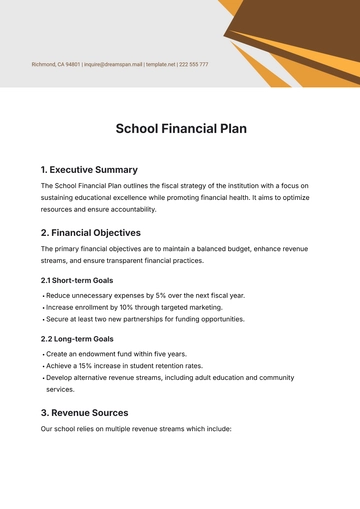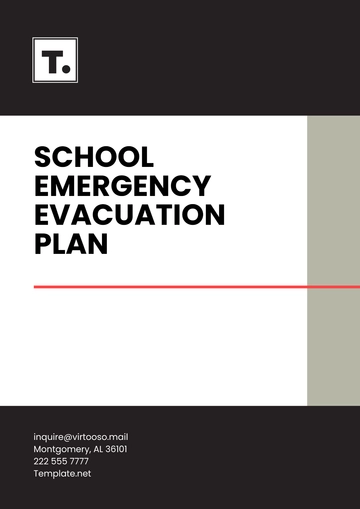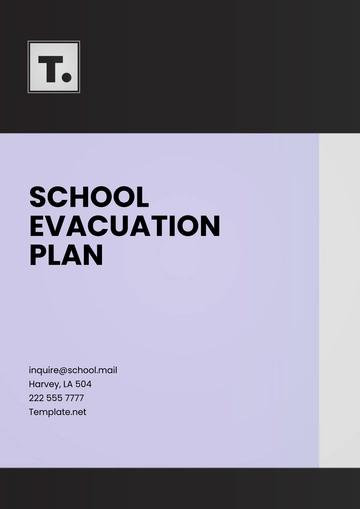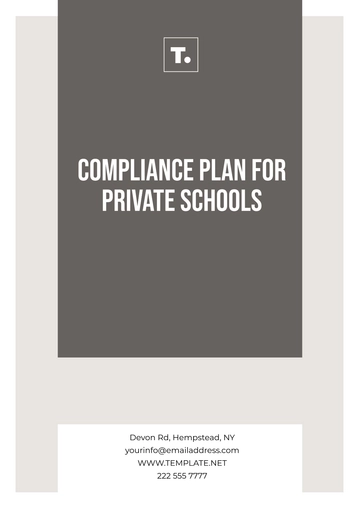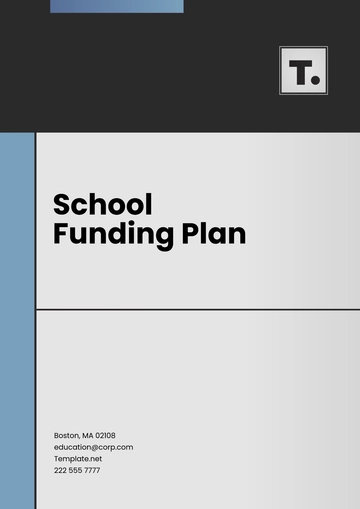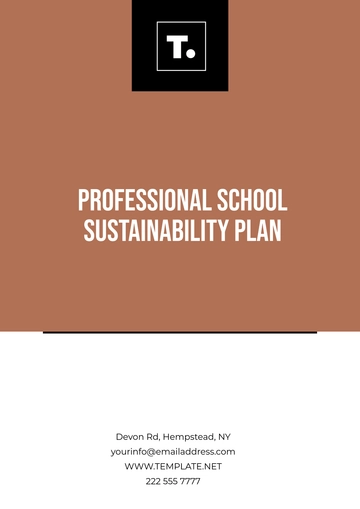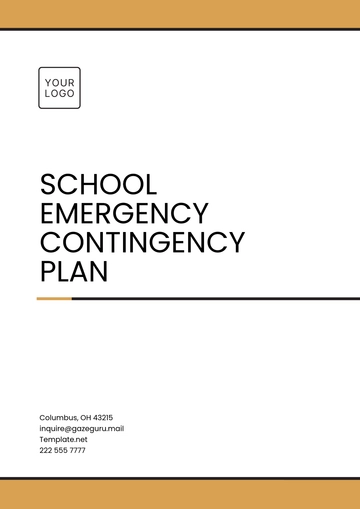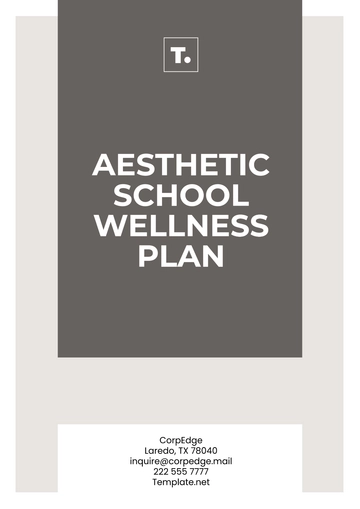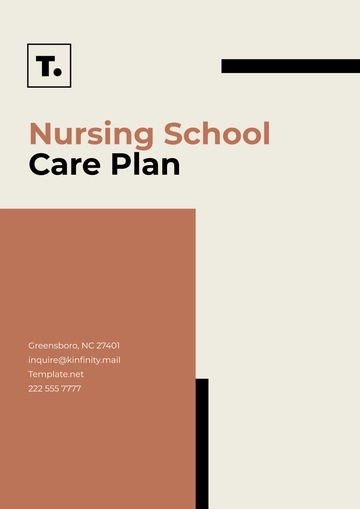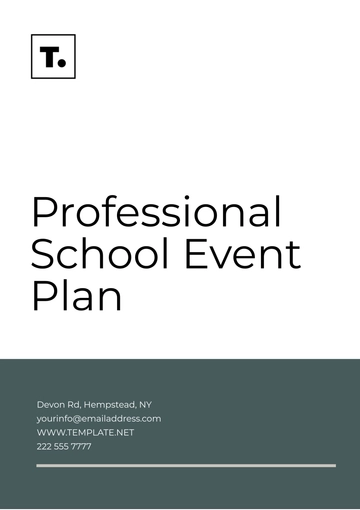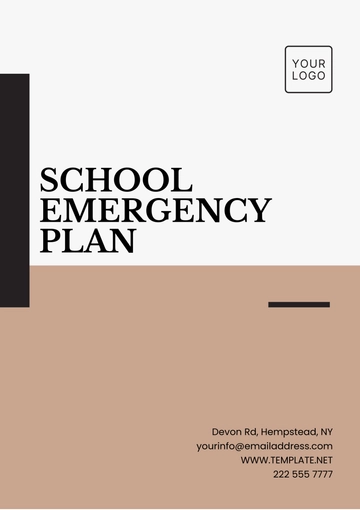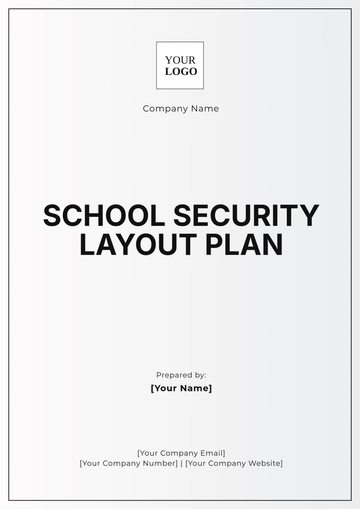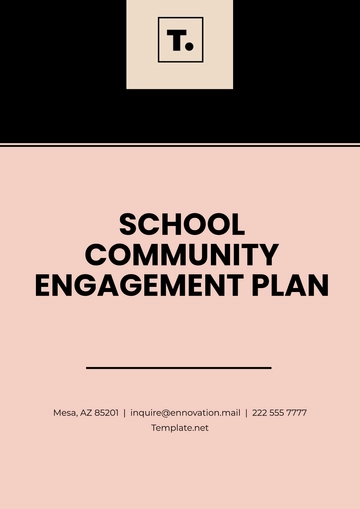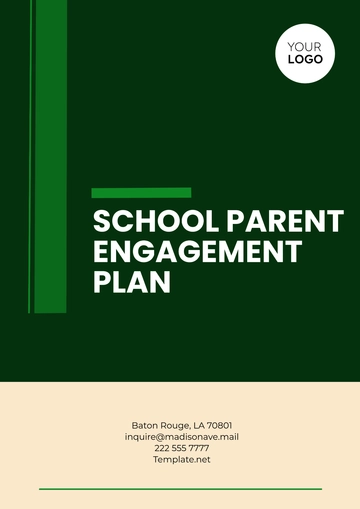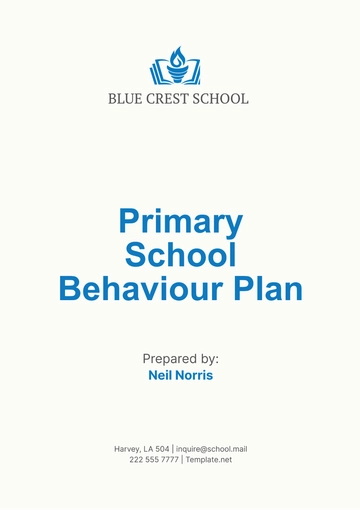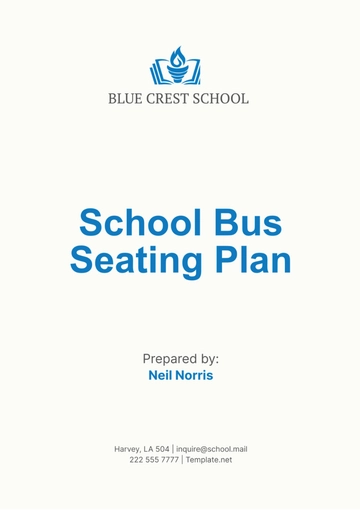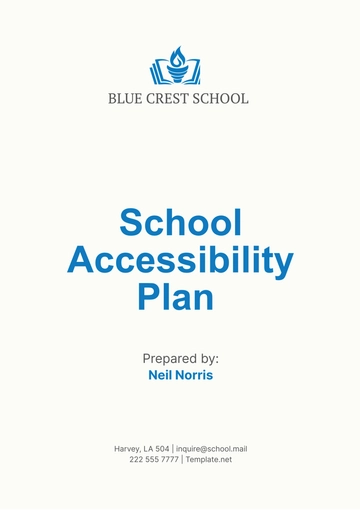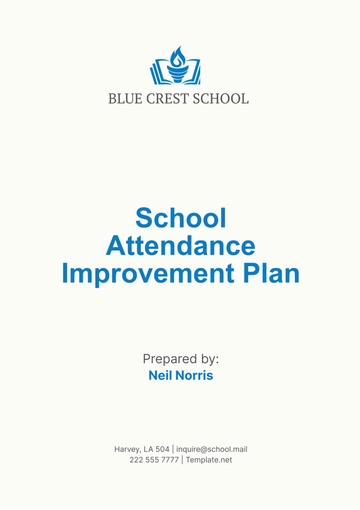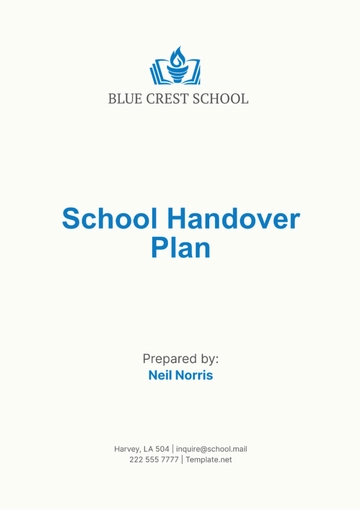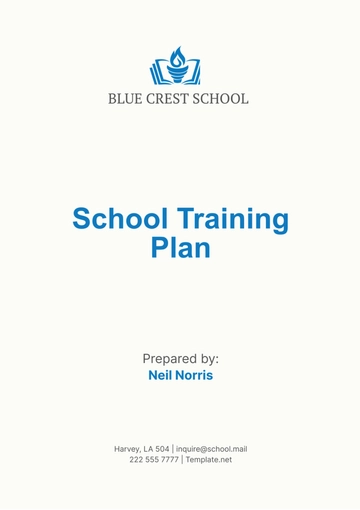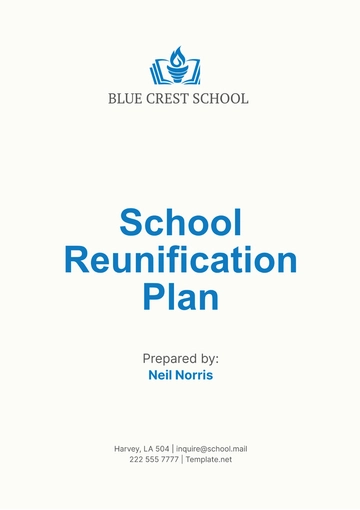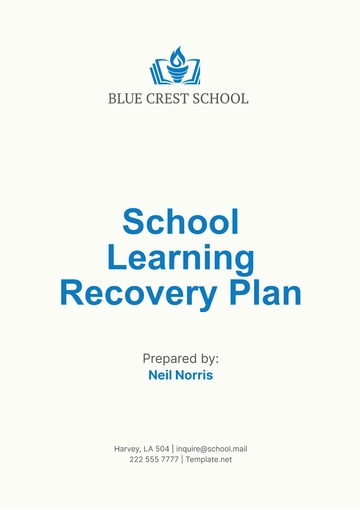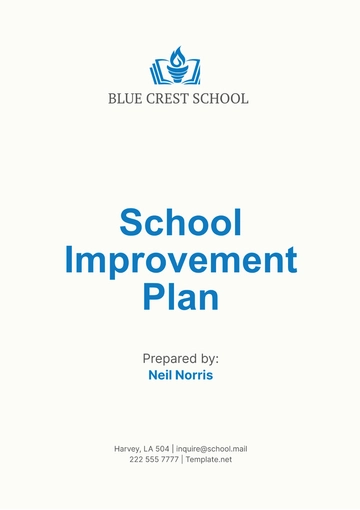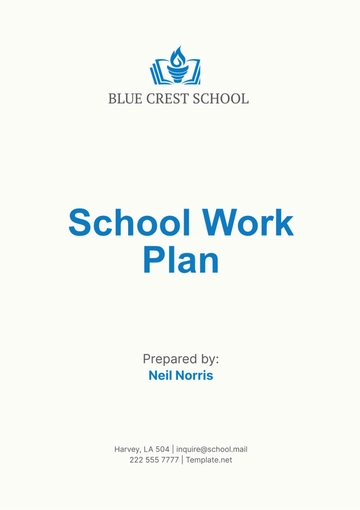Free Blank School Recruitment Plan

Prepared by: [Your Name]
School Name: [Insert School Name]
Academic Year: [Insert Year]
1. Objectives
The primary objectives of this recruitment plan are to:
Boost student enrollment by [insert target percentage] next year.
Attract a diverse group of students to enrich the school community.
Build awareness of the school’s programs, facilities, and unique offerings.
Develop and nurture relationships with prospective students, parents, and community partners.
2. Target Audience
Identify key demographics:
Primary Age Groups: [List relevant age groups, e.g., 5-10 years for elementary school, 11-13 years for middle school, 14-18 years for high school]
Geographical Regions: [List areas, neighborhoods, or districts within recruitment focus]
Specialized Groups: Families interested in specific programs (e.g., STEM, Arts, Special Education)
3. Marketing Channels
A. Digital Marketing
Social Media Campaigns: Utilize platforms such as Facebook, Instagram, and Twitter to showcase student achievements, facilities, events, and faculty highlights.
School Website: Ensure the website is updated with information on admissions, academic programs, facilities, and testimonials. Implement an inquiry form for prospective families.
Email Newsletters: Send monthly newsletters to a mailing list of prospective families and community members.
B. Print Marketing
Flyers and Brochures: Design visually appealing materials highlighting programs, extracurriculars, and student success stories. Distribute in local community centers, libraries, and partner organizations.
Local Newspaper Ads: Run ads targeting local neighborhoods to announce open houses, enrollment deadlines, and academic program features.
C. Events and Outreach
Open Houses: Host at least two open houses during the year, giving prospective students and parents an opportunity to tour facilities, meet staff, and learn about the curriculum.
Community Events: Participate in local fairs, educational expos, and festivals to promote school offerings.
School Tours: Offer private tours by appointment for families unable to attend open house dates.
4. Recruitment Strategies
A. Partnerships with Feeder Schools
Collaborate with local elementary/middle schools to build awareness and interest in continuing education pathways.
Host information sessions at feeder schools to introduce prospective students to academic and extracurricular options.
B. Referral Programs
Establish a referral program where current students, parents, and alumni can refer prospective families for enrollment benefits or school merchandise.
C. Parent Ambassadors
Recruit a group of parent ambassadors to engage with prospective families, answer questions, and share their positive experiences.
D. Community Engagement
Partner with local organizations to create scholarship opportunities, mentorship programs, and sponsorships, making the school more accessible to a wider range of students.
5. Timeline
Month | Key Activities |
|---|---|
January | Launch digital marketing campaign |
February | Host Open House #1 |
March | Begin outreach to feeder schools |
April | Print and distribute flyers/brochures |
May | Host second Open House |
June | Begin email newsletter series |
July | Ramp up social media and digital content |
August | Final push in local newspapers |
September | Enrollment review and follow-up with leads |
6. Budget
Item | Estimated Cost |
|---|---|
Social Media Ads | $[Insert Amount] |
Print Marketing Materials | $[Insert Amount] |
Website Updates | $[Insert Amount] |
Open House Events | $[Insert Amount] |
Community Event Fees | $[Insert Amount] |
Miscellaneous | $[Insert Amount] |
Total Estimated Budget | $[Insert Total] |
7. Metrics for Success
Enrollment Numbers: Achieve [target enrollment] by the end of the enrollment period.
Event Attendance: Track attendance at open houses, school tours, and other events.
Digital Engagement: Monitor website traffic, social media engagement rates, and newsletter open/click-through rates.
Application Conversion Rate: Track the number of inquiries that convert to applications and ultimately to enrollments.
8. Evaluation
At the end of the recruitment cycle:
Review enrollment numbers and compare them to the targets set in the objectives.
Assess the effectiveness of each marketing channel by examining engagement metrics.
Conduct a survey with new enrollees to understand the most effective recruitment touchpoints.
Adjust future recruitment strategies based on insights gained from this year’s plan.
- 100% Customizable, free editor
- Access 1 Million+ Templates, photo’s & graphics
- Download or share as a template
- Click and replace photos, graphics, text, backgrounds
- Resize, crop, AI write & more
- Access advanced editor
Streamline your school recruitment process with Template.net’s School Recruitment Plan Template. This fully customizable and editable template is designed for efficiency and precision. Easily tailor every detail to your needs using our intuitive Ai Editor Tool. Perfect for creating effective recruitment strategies that stand out. Save time and enhance your planning with Template.net.
You may also like
- Finance Plan
- Construction Plan
- Sales Plan
- Development Plan
- Career Plan
- Budget Plan
- HR Plan
- Education Plan
- Transition Plan
- Work Plan
- Training Plan
- Communication Plan
- Operation Plan
- Health And Safety Plan
- Strategy Plan
- Professional Development Plan
- Advertising Plan
- Risk Management Plan
- Restaurant Plan
- School Plan
- Nursing Home Patient Care Plan
- Nursing Care Plan
- Plan Event
- Startup Plan
- Social Media Plan
- Staffing Plan
- Annual Plan
- Content Plan
- Payment Plan
- Implementation Plan
- Hotel Plan
- Workout Plan
- Accounting Plan
- Campaign Plan
- Essay Plan
- 30 60 90 Day Plan
- Research Plan
- Recruitment Plan
- 90 Day Plan
- Quarterly Plan
- Emergency Plan
- 5 Year Plan
- Gym Plan
- Personal Plan
- IT and Software Plan
- Treatment Plan
- Real Estate Plan
- Law Firm Plan
- Healthcare Plan
- Improvement Plan
- Media Plan
- 5 Year Business Plan
- Learning Plan
- Marketing Campaign Plan
- Travel Agency Plan
- Cleaning Services Plan
- Interior Design Plan
- Performance Plan
- PR Plan
- Birth Plan
- Life Plan
- SEO Plan
- Disaster Recovery Plan
- Continuity Plan
- Launch Plan
- Legal Plan
- Behavior Plan
- Performance Improvement Plan
- Salon Plan
- Security Plan
- Security Management Plan
- Employee Development Plan
- Quality Plan
- Service Improvement Plan
- Growth Plan
- Incident Response Plan
- Basketball Plan
- Emergency Action Plan
- Product Launch Plan
- Spa Plan
- Employee Training Plan
- Data Analysis Plan
- Employee Action Plan
- Territory Plan
- Audit Plan
- Classroom Plan
- Activity Plan
- Parenting Plan
- Care Plan
- Project Execution Plan
- Exercise Plan
- Internship Plan
- Software Development Plan
- Continuous Improvement Plan
- Leave Plan
- 90 Day Sales Plan
- Advertising Agency Plan
- Employee Transition Plan
- Smart Action Plan
- Workplace Safety Plan
- Behavior Change Plan
- Contingency Plan
- Continuity of Operations Plan
- Health Plan
- Quality Control Plan
- Self Plan
- Sports Development Plan
- Change Management Plan
- Ecommerce Plan
- Personal Financial Plan
- Process Improvement Plan
- 30-60-90 Day Sales Plan
- Crisis Management Plan
- Engagement Plan
- Execution Plan
- Pandemic Plan
- Quality Assurance Plan
- Service Continuity Plan
- Agile Project Plan
- Fundraising Plan
- Job Transition Plan
- Asset Maintenance Plan
- Maintenance Plan
- Software Test Plan
- Staff Training and Development Plan
- 3 Year Plan
- Brand Activation Plan
- Release Plan
- Resource Plan
- Risk Mitigation Plan
- Teacher Plan
- 30 60 90 Day Plan for New Manager
- Food Safety Plan
- Food Truck Plan
- Hiring Plan
- Quality Management Plan
- Wellness Plan
- Behavior Intervention Plan
- Bonus Plan
- Investment Plan
- Maternity Leave Plan
- Pandemic Response Plan
- Succession Planning
- Coaching Plan
- Configuration Management Plan
- Remote Work Plan
- Self Care Plan
- Teaching Plan
- 100-Day Plan
- HACCP Plan
- Student Plan
- Sustainability Plan
- 30 60 90 Day Plan for Interview
- Access Plan
- Site Specific Safety Plan
